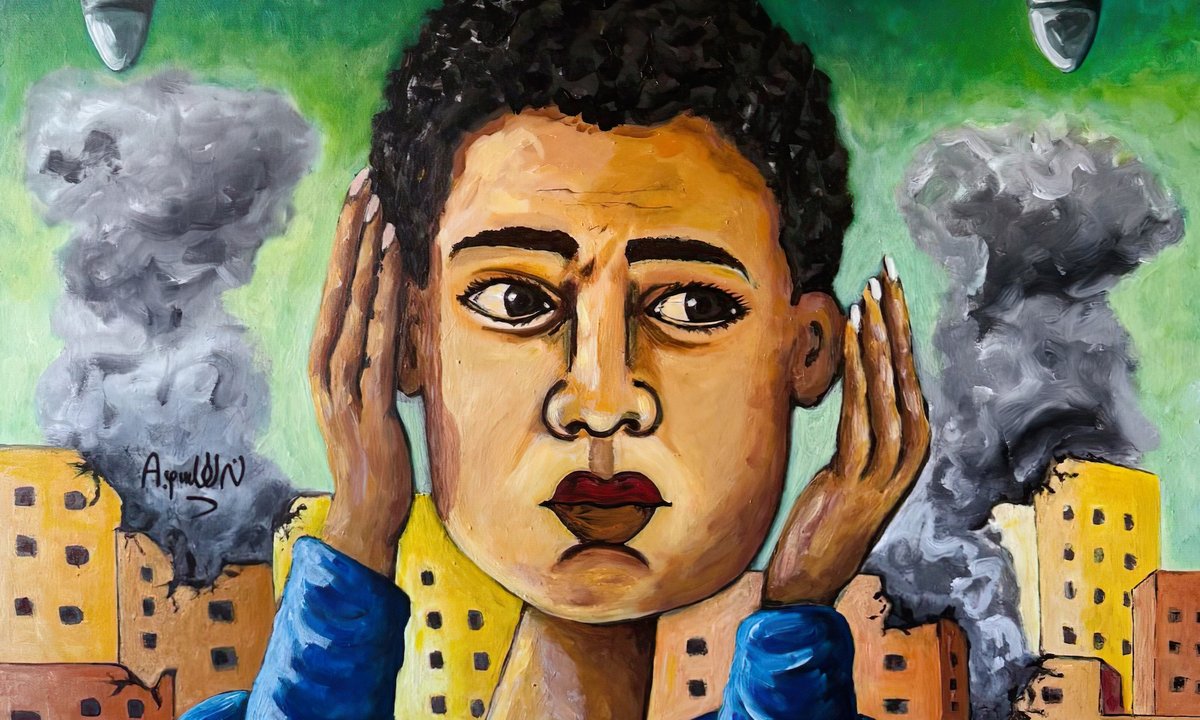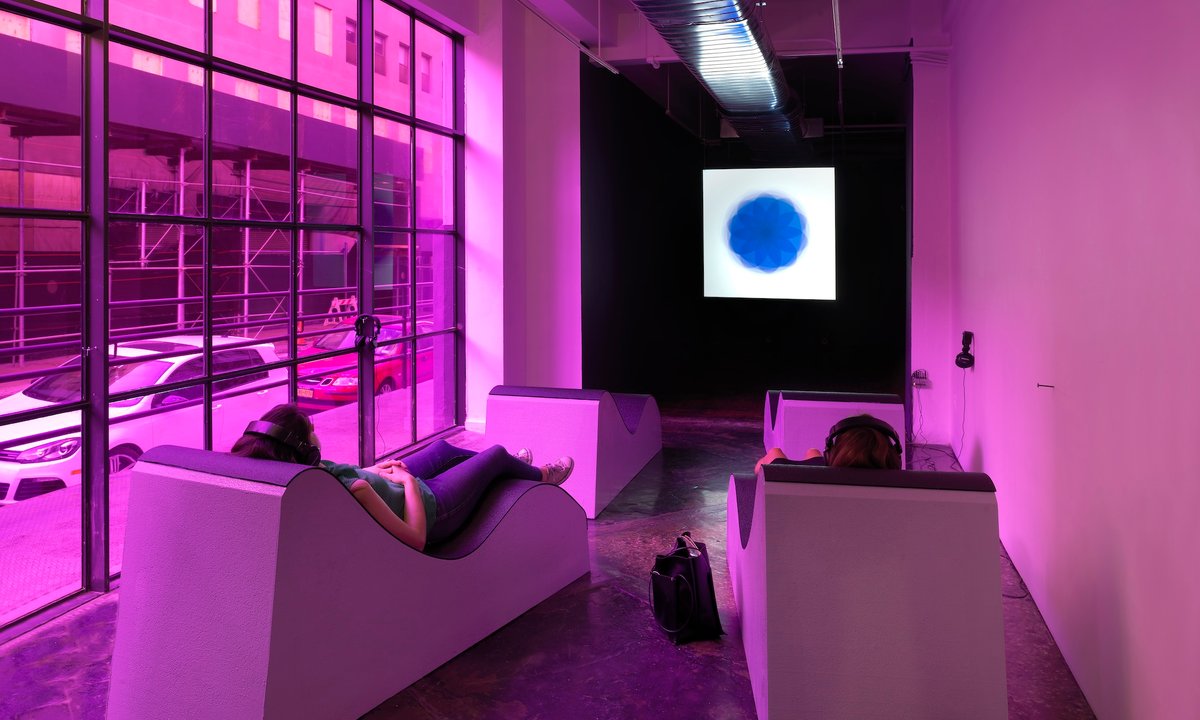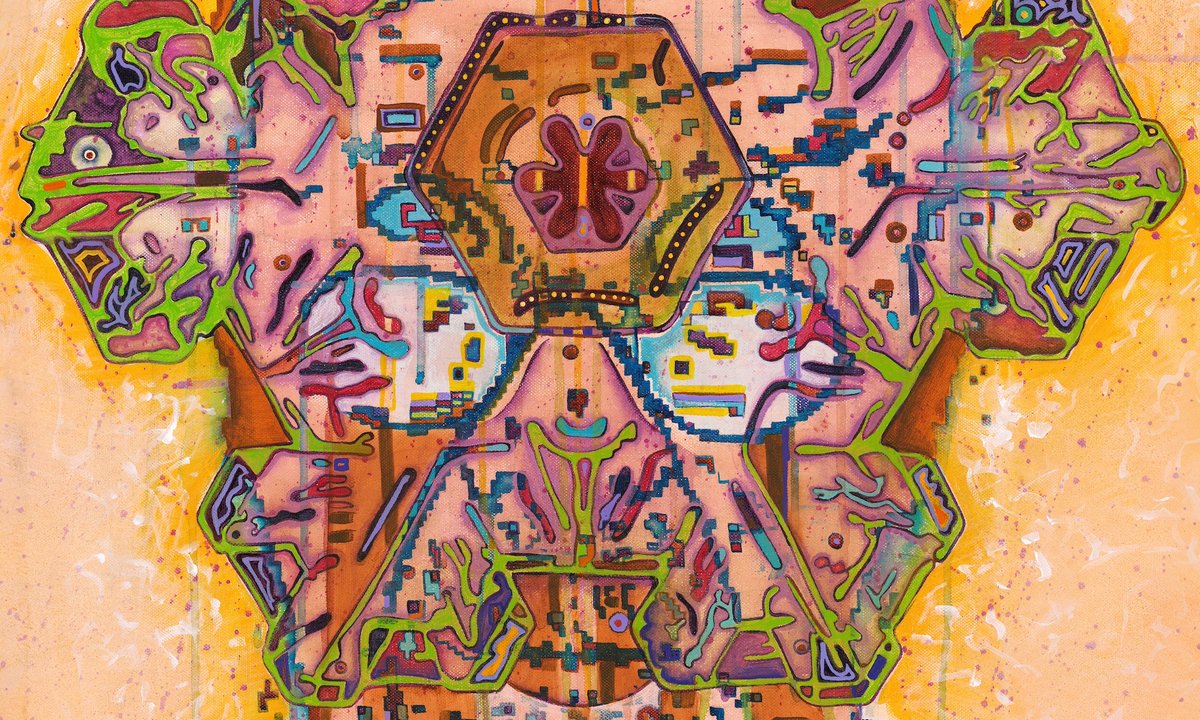The Lunar Codex, a project to put earthly cultural works on the surface of the moon, is looking to carry a collection of contemporary and traditional Indigenous music in one of its capsules to be launched to space in 2025. The music collected by the 22 November deadline will augment hundreds of pieces of Indigenous art that will be launched at the end of this year.
Project founder Samuel Peralta, a Canadian physicist, art collector and science fiction author, runs the Lunar Codex programme through his company Incandence Corp (which also publishes his writings). First announced in the summer of 2023, the codex is an archive of cultural works from across the globe that is being launched into space via the US National Aeronautics and Space Administration’s (Nasa) Commercial Lunar Payload Services (CLPS), which offers transportation services for commercial and nongovernmental organisations.
“The Lunar Codex represents work from 185 countries and territories, and from every US state and every Canadian province and territory,” Peralta tells The Art Newspaper. “It is the most truly global cultural heritage project of its kind. But how can it be truly representative if it did not include work from Indigenous art and culture? It is a unique perspective, which we must try to preserve for future generations.”
Spanning seven missions—including a successful moon landing in February 2024—the Lunar Codex collection now includes more than 200,000 artefacts from around 35,000 artists, including members of 69 Indigenous nations. The works are predominantly in visual art, but also include writing, music and film.
“The Lunar Codex is a special project of my private company Incandence Corp and completely funds its activities,” Peralta says. “No artist or institution pays any fees for inclusion, and the Lunar Codex completely covers its costs for documentation, curation, archival material and labour costs, and incremental payload and launch costs.”
He says the project employs a range of storage systems including “nickel nanofiche discs, silver discs, semiconductor memory, ceramic-glass digital memory, quartz nanochips and synthetic DNA”. Some of these archives “are expected to last a billion years”, he adds.
Peralta says he was inspired to create the project during the Covid-19 lockdowns, when so many cultural events were being cancelled, as a way to “lift artists’ spirits”. “I was aware of the Moon Museum and the Fallen Astronaut, which were the first art pieces on the Moon,” he says. “But they weren’t really inspirations. The US also sent art and music into space via the Voyager Golden Record in 1977. But all of these included works by well-known artists—Picasso, Warhol, Beethoven, Shakespeare and so on. These are great historical artists and their works need to be remembered and preserved, but the Lunar Codex is mainly composed of contemporary works by living artists, which spotlights work from our lifetimes, from this era in our history.”
Space-curious partner

Norval Morrisseau, Communal Spiritual Journey, undated Courtesy the Norval Morrisseau Estate
The Lunar Codex Indigenous Music Collection(LCIMC) will be included in Polaris, which is the Lunar Codex’s seventh time capsule and mission, tentatively scheduled for launch in September 2025 to the Moon’s south pole. To gather the LCIMC, Peralta has partnered with the estate of renowned Canadian Ojibway artist Norval Morrisseau, which is organising and administering the collection free of charge in cooperation with Crown-Indigenous Relations and Northern Affairs Canada (CIRNAC). Previously, CIRNACand the Norval Morrisseau Estateworked with the Lunar Codexto ensure a collection of Indigenous visual art—representing First Nations, Inuit, and Métis peoples—is included in its archive.
“I was immediately attracted to the idea of the Lunar Codex—that if humanity dies, its art can live on,” says Cory Dingle, the executive director of the Norval Morrisseau Estate, reached in Perth, Scotland, on the eve of the opening of a group exhibition on climate change there showcasing some of Morrisseau’s work. He says he contacted Peralta and told him “Morrisseau’s work must be included in the time capsule”, and Peralta agreed. The first work to be added to the Lunar Codex was Morrisseau’s large-scale work Androgyny (1983), which like many of the artist’s paintings fuses Indigenous and Christian cosmology as well as concepts informed by the artist’s association with the spiritual movement Eckankar.
One of these concepts central to Eckankar is astral projection. Dingle says that in Morrisseau’s later years, when his body was confined to a wheelchair due to Parkinson’s disease, he “began to focus on his ability to astrally project”. Dingle adds, “I remember asking him ‘where did you go just now?’ and he replied, ‘I was just resting in Alpha Centauri’”, the closest galaxy to ours.
In the late 1980s, Morrisseau began to paint more overt depictions of spaceand one of these untitled painting will be included in the Lunar Codex capsule scheduled to land on the moon in September 2025.
Dingle recalls stories Morrisseau would tell him about being a young man living on a trap line near a lake. When the moon was full, he would draw in the sand under the moonlight, The waves would erase his work and he would start again, perfecting his “figures of birds, bears and fish”. When Dingle first heard about the Space Codex, he explains, “I had a vision of this residential school survivor, drawing under moonlight and then gazing up at the moon. I knew then his work needed to be on the moon.”







